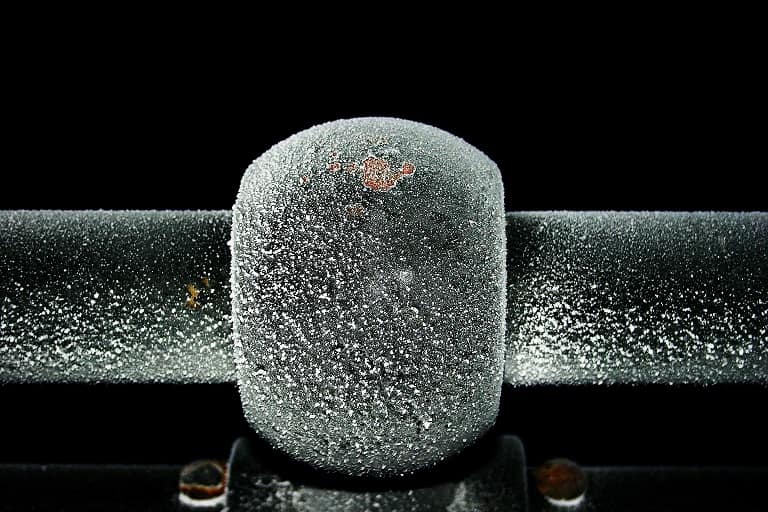Frozen water pipes can expand and burst when they thaw, which can lead to thousands of dollars of damage to your ceilings, floors, walls, furniture and carpets. While the best way to prevent frozen pipes involves insulating and protecting your water lines, frozen pipes can occur even in well-prepared homes. By locating a frozen line and thawing it gradually, you can help reduce the chances of a burst pipe.
How do you know your pipe is frozen? After a cold night, you turn on your tap and instead of a steady water you get nothing! Since water expands when it freezes a frozen pipe is in danger of bursting. It needs to be thawed immediately or you could cause tremendous water damage to your home.
CONTACT PAPALIA PLUMBING
First you need to find out where the pipe is frozen. Turn off the main water supply. This will prevent the water from gushing out once the pipe is thawed. Open your water taps, sinks, and shower taps.
- If water isn’t running anywhere in the house, a pipe near the water meter may be frozen. Touch the meter and the adjacent exposed pipes. If they are very cold, they are probably frozen.
- If water runs in only one part of the house, a pipe in an outside wall or un-insulated crawl space is probably frozen. Open kitchen and bathroom sink cabinets to allow warm air from the house to warm the pipes.
- Once you’ve found the frozen pipe, open the affected faucet all the way, and open other hot water faucets in the house. When the water is flowing in the affected pipe, close all the faucets to a trickle. Do not close the affected faucet until the pipe is completely thawed and the water flowing freely.
The safest — and neatest — thawing methods involve a gentle heat sourcehair dryer, heat lamp, or household iron. A propane torch or other open flamewill heat the pipe too quickly and may cause it to explode. Some peoplerecommend pouring boiling water over rags wrapped around a frozen pipe. Theobvious drawback is that this method is messy. Never pour boiling water directlyonto a frozen pipe.
When thawing pipes with a heat lamp or hair dryer always work from an openfaucet toward the frozen area. This will keep steam from being trapped by iceand bursting the pipe. With the faucet open, you can see when the ice hasmelted. Do not use un-grounded electrical appliances outdoors, or near groundedwater pipes.
To prevent pipes from freezing in the first place, wrap electrical heatingcable around it–one turn every two feet–then cover the pipe with insulation toconserve the heat. Follow all directions on the heating cable and take specialcare not to overlap the cable. Plug in the cable when the temperatures dropsbelow freezing. The same cable device can be used to thaw a pipe
- Turn on the water fixtures in various parts of your home to identify the one(s) that do not work. Water in areas with frozen lines will usually trickle or not come out at all. This will usually help you isolate your search to a specific area of your home, such as a bathroom or laundry room.
- Look for exposed pipes in the area where you suspect a frozen water line. You might need to go into the attic, basement or crawl space of the area to look for uninsulated pipes.
- Check the pipes for any signs of bulging or cracking. You might also notice frost on any frozen sections of exposed pipes. The frozen areas will usually be much colder to touch than the pipes with free-flowing water.
- Examine the pipe(s) that supply water to the compromised area from the main supply to the water fixture. If you do not find the frozen part in an exposed area, it might be hidden inside of a wall. You might need to open the drywall to thaw pipes hidden inside of a wall.
Tips & Warnings
If no water in the house works, your main water line might be frozen. Check the areas where it enters your home (usually at the foundation or near the basement).
The American Red Cross recommends adding insulation to frozen pipes or relocating them to a more protected area to help prevent them from freezing.
We recommend calling a professional plumber if your pipes freeze. They suggest that you might be able to thaw them yourself using a source of gentle, consistent heat (such as a hair dryer)—but only after talking to a plumber first as well as ensuring that the compromised area has no standing water.












